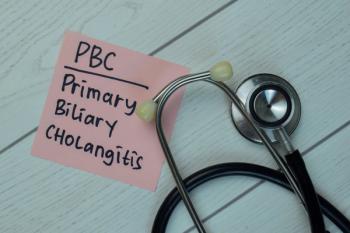
FDA approves empagliflozin tablets for type 2 diabetes
FDA approved empagliflozin (Jardiance, Boehringer Ingelheim Pharmaceuticals and Eli Lilly and Company) tablets as an adjunct to diet and exercise to improve glycemic control, or blood glucose levels, in adults with type 2 diabetes. Jardiance is not for people with type 1 diabetes or for people with diabetic ketoacidosis (increased ketones in the blood or urine).
FDA approved empagliflozin (Jardiance,
Check out FDA drug approvals-August 2014
Jardiance is a once-daily, 10 mg or 25 mg tablet. It is a sodium glucose co-transporter-2 (SGLT2) inhibitor and works by blocking the reabsorption of glucose in the kidney, increasing glucose excretion and lowering blood glucose levels in adults with type 2 diabetes who have elevated blood glucose levels.â¨â¨
The FDA approval is based on results from a large clinical program comprised of more than 10 multinational clinical trials and more than 13,000 adults with type 2 diabetes. Phase 3 studies showed Jardiance significantly reduced hemoglobin A1C and fasting blood sugar after 24 weeks as a stand-alone treatment or in combination with a range of background treatments, including metformin, sulfonylureas, insulin and pioglitazone. Although Jardiance is not approved for lowering weight or blood pressure, modest reductions in both weight and systolic blood pressure were observed in clinical trials.
Urinary tract infections and vaginal yeast infections were the most common adverse reactions associated with Jardiance. Hypoglycemia was more commonly reported in patients treated with the combination of Jardiance and sulfonylurea or insulin.
“Despite their best efforts to manage their disease through diet and other lifestyle changes, many adults with type 2 diabetes are unable to control their blood sugar levels and may struggle with the idea of adding another medication to their regimen,” said Kathleen Dowd, senior vice president, marketing, Boehringer Ingelheim.
Jaridance is the third diabetes drug approved by FDA for the BI-Lilly Alliance. Other approved products from the alliance include
The BI-Lilly Alliance development pipeline includes a basal (long-acting) insulin analogue, LY2963016 (a new insulin glargine product), for the treatment of type 1 and type 2 diabetes as well as investigational T2D treatments that combine empagliflozin with metformin or linagliptin.
Fixed-dose combinations of empagliflozin with other blood-glucose-lowering agents currently under development and respective planned submission timelines for regulatory approval include:
· Empagliflozin/metformin IR tablets: Europe and United States submission planned for mid-2014
· Empagliflozin/linagliptin FDC tablets: United States submission occurred earlier in 2014. Europe submission is planned for late 2015.
Patients should not take Jardiance if they have severe kidney problems or are on dialysis,or if they are allergic to empagliflozin or any ingredient in Jardiance. The drug can cause some people to have dehydration, which may lead to a drop in blood pressure, and may cause patients to feel dizzy or faint.
Approximately 29 million Americans and an estimated 382 million people worldwide have type 1 or type 2 diabetes. Type 2 diabetes is the most common type, accounting for an estimated 85% to 95% of all diabetes cases. Diabetes is a chronic condition that occurs when the body either does not properly produce, or use, the hormone insulin.
Newsletter
Get the latest industry news, event updates, and more from Managed healthcare Executive.

















































